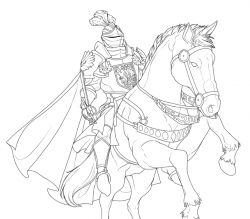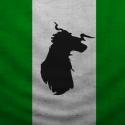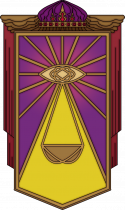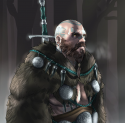TestFire: Difference between revisions
No edit summary |
No edit summary |
||
| Line 14: | Line 14: | ||
---- | ---- | ||
{{Subject Table | {{Subject Table | ||
|title = Villiers- | |title = Villiers-Eclaire Order | ||
|color = 99E5B8 | |color = 99E5B8 | ||
|image =Unionismlaaol.png | |image =Unionismlaaol.png | ||
| Line 22: | Line 22: | ||
}} | }} | ||
---- | ---- | ||
{{Subject Table | |||
|title = Order of the Great Oak | |||
|color = 99E5B8 | |||
|image =1246f523bf6bcb3bebf3fa868f0049a0.png | |||
|caption = Warriors of the North, Inspired by Ancient Sagas | |||
|text = | |||
The School of the Great Oak is a Knightly school in Drixagh, founded by the Höglander who believed that the northern wilds should not be purged, but instead encouraged with elegance and a knightly code of honor, tempering the rage and uncontrolled vigor of the Velheimer people and the School of Skaggers into a more structured and organized society. Their answer to trying to lead by example was to create the Knightly Order of the Great Oak, a chapter house that finds its home in the North, with small knightly champion lodges dotted in the territory. These lodges are frequently much smaller than the great lodges, and the Knights of the Great Oak are frequently ridiculed or cast out by the Skagger loyal population as being traitors to the free will of the Velheimers. Unfortunately, the Great Oak knights are also pariahs among the other Knightly Orders, who all believe that the Great Oak’s code of Honor is far too watered down and betrays some core principles of the concept of Honor. However, this was a conscious decision taken by the first Knights of this Order to give it appeal to the Velheimer people and to fit within their culture. Nevertheless, they are still known as the most formidable hunters of great beasts in the Empire, leading them to be a must-have on any dangerous adventures. | |||
}} | |||
---- | |||
Revision as of 01:26, 30 October 2020
testing formatting stuff, nothing really special
The term “knight” comes from the Alt-Regalian “Knecht” which loosely translates to bondsman or vassal. Presumably, the word dates back to the old Ceardian “kniucht” which loosely translates to superior warrior. In the days of the old Ceardian Humans, proto-knights were the warlords who ruled smaller fiefs and waged wars on one another in a period that is generally viewed as Humanity’s forgotten age. When the states formed, or the Regalian Kingdom more specifically, these warriors became distinguished titleholders who ruled in the King’s stead much like how the nobility does in the present day. Eventually, Julian de Montverrat fought on behalf of the Five Families, using his military skills to seize the city gates which ultimately ended the Rebellion. This is when Knight became synonymous with ‘trained warrior’, and the first of the Knightly Military Orders were established. The term chivalry comes from the Ithanian word “chevalerie” which can be translated as horse soldier. Before Ithanian pacifism became prevalent, Ithanians cultivated the most talented horse riders. Owning a horse usually implied one’s wealth, and with wealth one was expected to distinguish themselves from the peasantry by courteous and honorable behavior.
| ||||||||
| ||||||||



